Urgent care clinics offer fast, accessible treatment for non-life-threatening injuries that still require prompt attention. These facilities bridge the gap between primary care and the emergency room. Understanding the types of injuries commonly treated in urgent care can help you make timely decisions and get the right level of care when it matters most. Here are four types of injuries treated at walk-in clinics:
1. Minor Sprains and Strains
Sprains and strains are among the common injuries treated at urgent care facilities. A sprain occurs when ligaments stretch or tear, while strains affect muscles or tendons. These injuries often result from sports activities, falls, or sudden movements during daily activities.
The staff at immediate care centers will assess the severity of sprains and strains through a physical examination and, when necessary, imaging. X-rays performed on-site help rule out fractures and determine the extent of soft tissue damage. Treatment often includes rest, application of ice, compression wraps, and elevation of the affected area. Most minor sprains and strains heal within a few days to several weeks with proper care. The providers offer pain management recommendations and follow-up instructions.
2. Cuts, Lacerations, and Minor Wounds
Immediate care centers treat various types of cuts and lacerations that require professional medical attention. Deep cuts that expose underlying tissue, wounds longer than half an inch, or injuries with jagged edges often need stitches or other closure methods. Medical staff at urgent care clinics clean wounds thoroughly and assess which closure method, sutures, staples, or adhesive strips works best for each patient. They also evaluate tetanus vaccination status and provide updates when needed. Proper wound care reduces the risk of infection and promotes optimal healing.
Foreign objects embedded in wounds, such as glass fragments or splinters, are also treated at these facilities. Healthcare providers have the tools and expertise to safely remove debris while minimizing further tissue damage. They provide detailed aftercare instructions to prevent complications during the healing process.
3. Minor Burns and Skin Injuries
Burns affecting small areas of skin receive effective treatment at immediate care centers. First-degree burns, which cause redness and pain, along with some second-degree burns that exhibit blistering, fall within the scope of urgent care treatment. These injuries commonly result from kitchen accidents, sun exposure, or contact with hot surfaces.
Healthcare providers evaluate the burn depth and coverage area to determine the most effective treatment approach. They also provide guidance on proper wound care and signs that indicate the need for further medical attention. Skin injuries such as severe abrasions, road rash, or chemical exposure affecting limited areas also receive care at these facilities. Medical staff assess the extent of skin damage and provide appropriate cleaning, treatment, and protective covering to facilitate healing.
4. Simple Fractures and Dislocations
Some fractures and dislocations receive initial treatment at urgent care clinics, particularly those affecting fingers, toes, and other smaller bones. Simple fractures without significant displacement or complications often get stabilized and managed before referral to orthopedic specialists when necessary.
On-site X-ray capabilities allow medical providers to diagnose fractures quickly and accurately. They apply splints or other immobilization devices to protect the injured area and prevent further damage. Pain management and detailed instructions about activity restrictions help patients during the initial phase of healing.
Book a Same-Day Urgent Care Appointment
Urgent care clinics treat a wide range of injuries that require prompt medical attention, but not to the extent that warrants emergency room visits. Sprains, cuts requiring stitches, minor burns, and simple fractures are common conditions effectively managed at these facilities. The combination of extended hours, walk-in availability, and comprehensive services makes immediate care centers excellent options for several injuries. Contact an immediate care center near you to schedule your appointment or visit for prompt, professional treatment.





